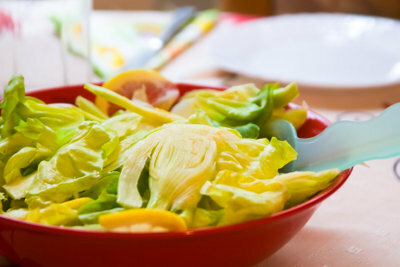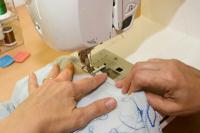Plant and care for fennel
Fennel is a popular, easily digestible vegetable that is great to use in the kitchen. Whether as a vegetable from a pot or pan, or as a tea preparation, fennel can be used in many ways. Even those who have a small baby or children appreciate its healing properties. So there are many reasons to grow fennel yourself. Read here how to properly plant and care for fennel.

The versatile fennel bulb
- Fennel is not just a vegetable. It is now also valued as a herb and medicinal plant.
- The edible tubers, which look like an onion, are formed by the fennel on its storage leaves. The tubers grow underground.
- Fennel is an old cultivated plant from Central and Southern Europe that is also wild.
- There are several types of fennel. The 3 best known are: vegetable fennel, which is also known as tuber fennel, sweet or spiced fennel and wild fennel (also bitter fennel).
- Fennel bulbs are cooked as a vegetable accompaniment to fish dishes or used raw in various salads. Its fine, finely chopped leaves are used as a condiment in soups, salads and mayonnaises. Fennel seeds, which are similar to aniseed, are used as a spice, especially in Indian cuisine. As a tea, fennel seeds are used for stomach and intestinal problems.
- Wild fennel does not form tubers and is usually sold in seed form as an ornamental plant. If you want to harvest and eat fennel, you should plant the bulbous fennel or alternatively the sweet or spiced fennel.
Fennel seeds: sowing and rearing - this is what you should pay attention to
There are different fennel seeds for vegetable fennel and spiced fennel, therefore ...
Plant and care for Köppernickel properly
The term "Köppernickel" is an old German tradition of the fennel.
- Plant it in a warm, sunny spot in light, not too wet, but nutrient-rich and alkaline-rich sand or sand. Clay soil.
- Sow fennel seeds in late spring, late May. Above all, fennel needs warmth (20 degrees) to germinate. With high temperature fluctuations, it tends to lap.
- If you grow small plants on the windowsill, put them in June / July (autumn fennel). You should keep a distance of approx. Leave 50 cm between each plant, otherwise the tubers will be flat and small.
- Water your planted fennel well, because if the soil is too dry, tubers will not form and it will shoot up. Even after germination, fennel should always be kept slightly moist.
- You should fertilize for the first time 5-6 weeks after sowing. You can do this compost and use horn shavings. Fennel has a high need for nitrogen. Here it is advisable to rework with an artificial fertilizer if necessary.
- If the plants lean to the right or left, you can pile them up with soil. This gives the plant more stability, but does not affect the tuber growth.
- The fennel is harvested in late autumn, in the middle of October. You shouldn't let the tubers get too big. These are no longer tender.
- You can store fennel upright and slightly moist for several weeks in the cellar or in the vegetable drawer in the refrigerator. The optimal temperature is 0-5 degrees.
How helpful do you find this article?

